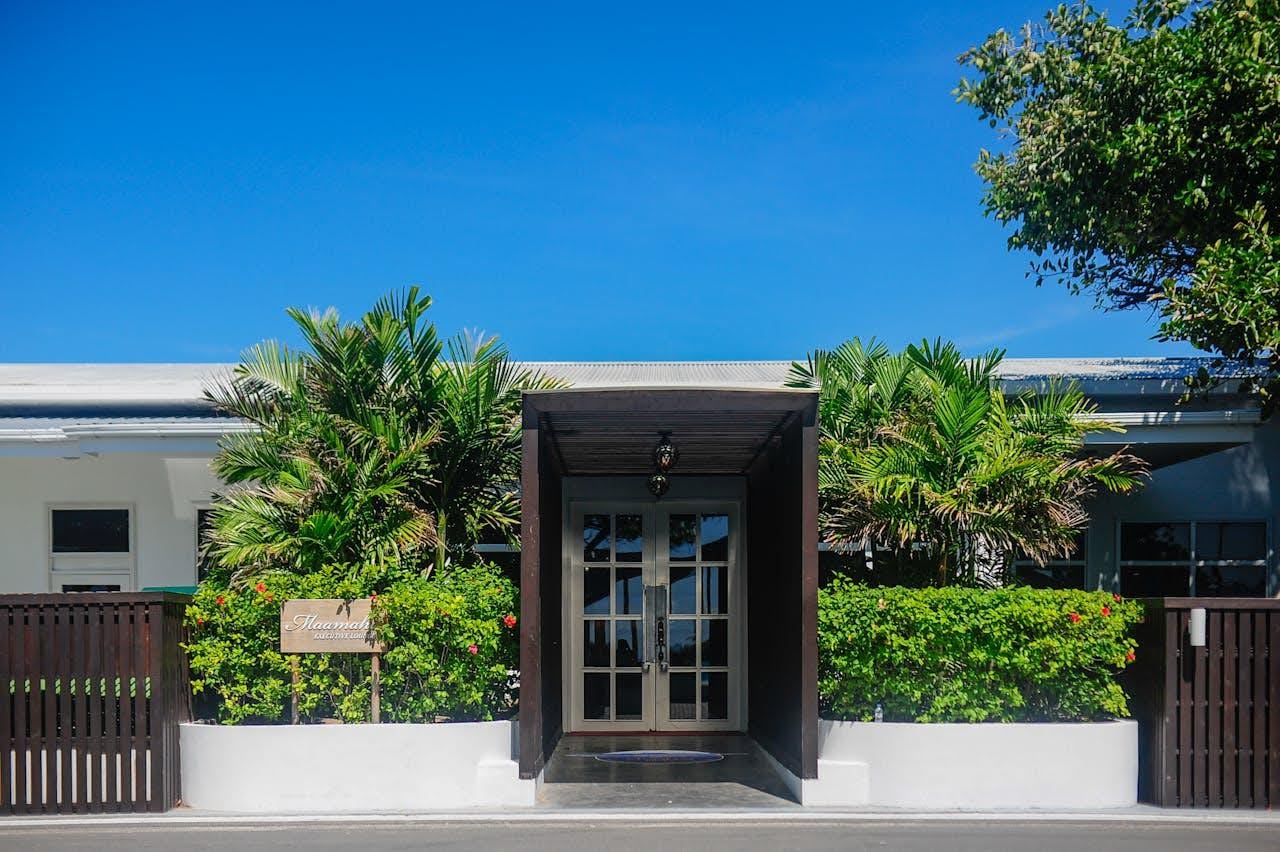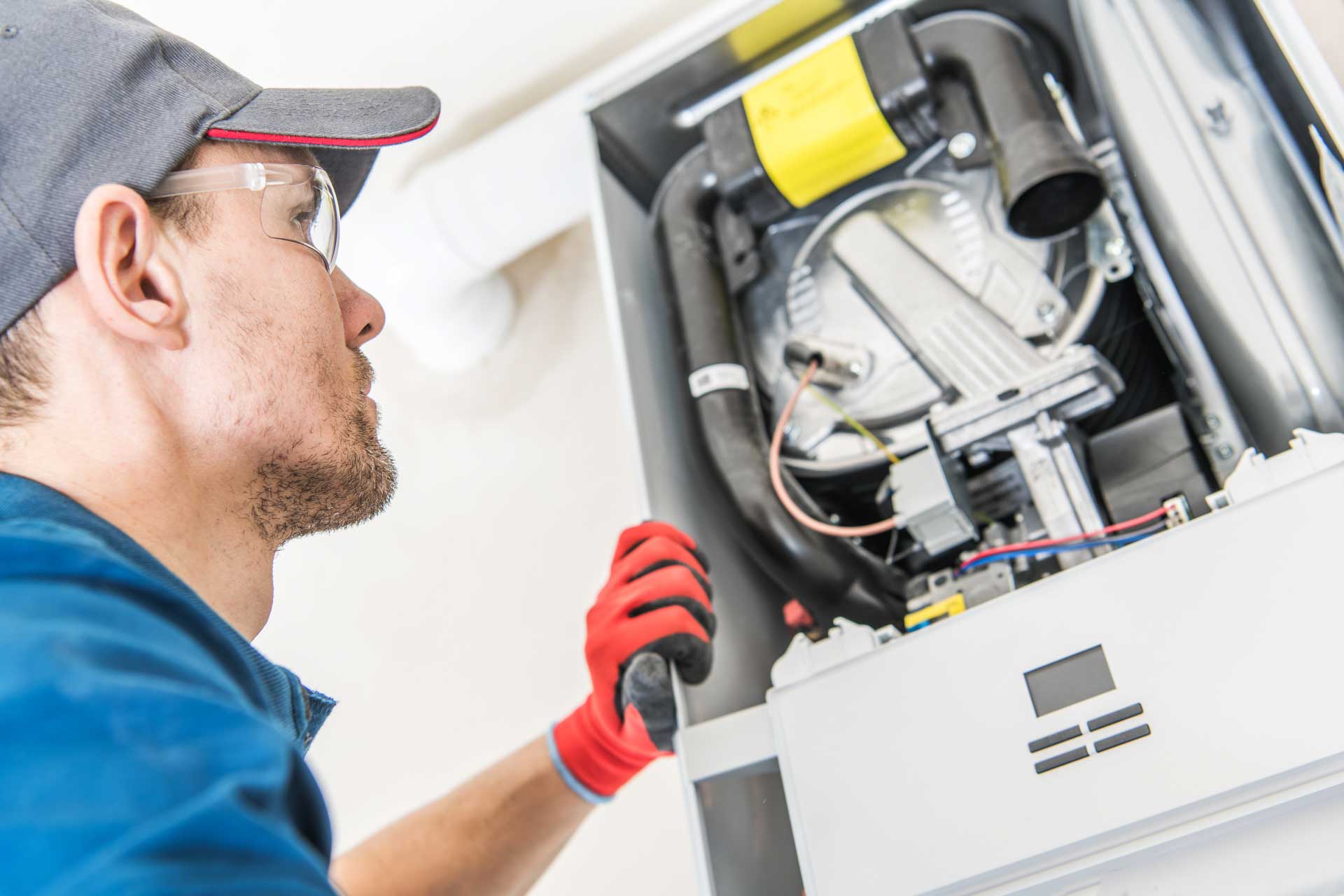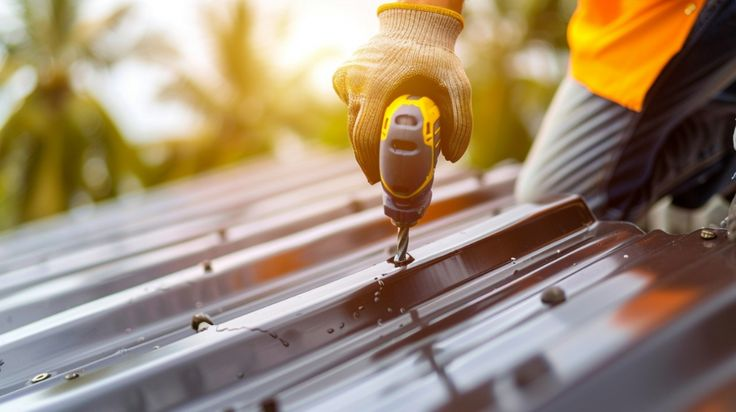Your entry door takes a beating every single day. Rain, snow, constant opening and closing, and the occasional slam from frustrated family members all add up over time. Eventually, you’ll face that familiar homeowner question: should you fix what’s broken or start fresh with a replacement?
This decision affects your home’s security, energy bills, and curb appeal. Making the wrong choice could leave you with recurring problems or an unnecessarily expensive solution. Here are five expert tips to help you make the right call for your situation.
Assess the Damage
Walk up to your door and really look at it. Are the problems mostly cosmetic, or do they run deeper? Surface scratches, minor dings, and faded paint typically fall into the repair category. These issues might make your door look tired, but they don’t compromise its function.
More serious concerns include warping, cracking, or gaps around the frame. Check if the door sticks when you open it or if light seeps through the edges when it’s closed. These problems often signal structural issues that repairs might not fully address.
Cost Analysis
Simple repairs like repainting, replacing weatherstripping, or fixing a loose handle usually cost under $200. Even more involved fixes like replacing panels or adjusting the frame typically stay under $500.
New door installation starts around $800 for basic models and can reach several thousand dollars for premium materials and professional installation. However, don’t just compare the upfront costs. Factor in how long each solution will last.
A repair might buy you two to three more years, while a replacement could serve your home for decades. Sometimes spending more upfront saves money over time, especially if you’re planning to stay in your home long term.
Energy Efficiency Considerations
Drafty doors waste energy and money every month. Hold your hand near the door frame on a windy day. Feel air movement? Your heating and cooling systems are working overtime to compensate for that lost energy.
Older doors often lack proper insulation or have worn weatherstripping that can’t seal effectively. You might be able to improve things with new weatherstripping or caulking, but these fixes have limits.
Modern doors offer significantly better insulation values. The energy savings from a new, properly sealed door can offset part of the replacement cost over time. If your current door is more than 15 years old, replacement often makes more financial sense than repeated repair attempts.
Security Concerns
Compromised security features of your door put your family and belongings at risk. Check these critical elements:
- Lock mechanism functionality and alignment
- Door frame integrity around the strike plate
- Hinge condition and mounting security
- Overall door stability when closed and locked
A loose or damaged frame can’t properly support even the best locks. Similarly, a warped door might not align correctly with the locking mechanism, creating security gaps that repairs can’t always fix adequately.
If security issues involve the door’s core structure or frame, replacement typically provides more reliable protection than attempting to reinforce compromised components.
When to Consult Door Companies
Some situations require the professional expertise of door companies to make the right choice. Complex frame damage, unusual door sizes, or structural settling issues need experienced eyes to evaluate properly.
Professional assessment becomes essential when you’re unsure about the extent of damage or when previous repair attempts haven’t solved the problem. Door specialists can identify underlying issues you might miss and provide accurate cost estimates for both repair and replacement options.





